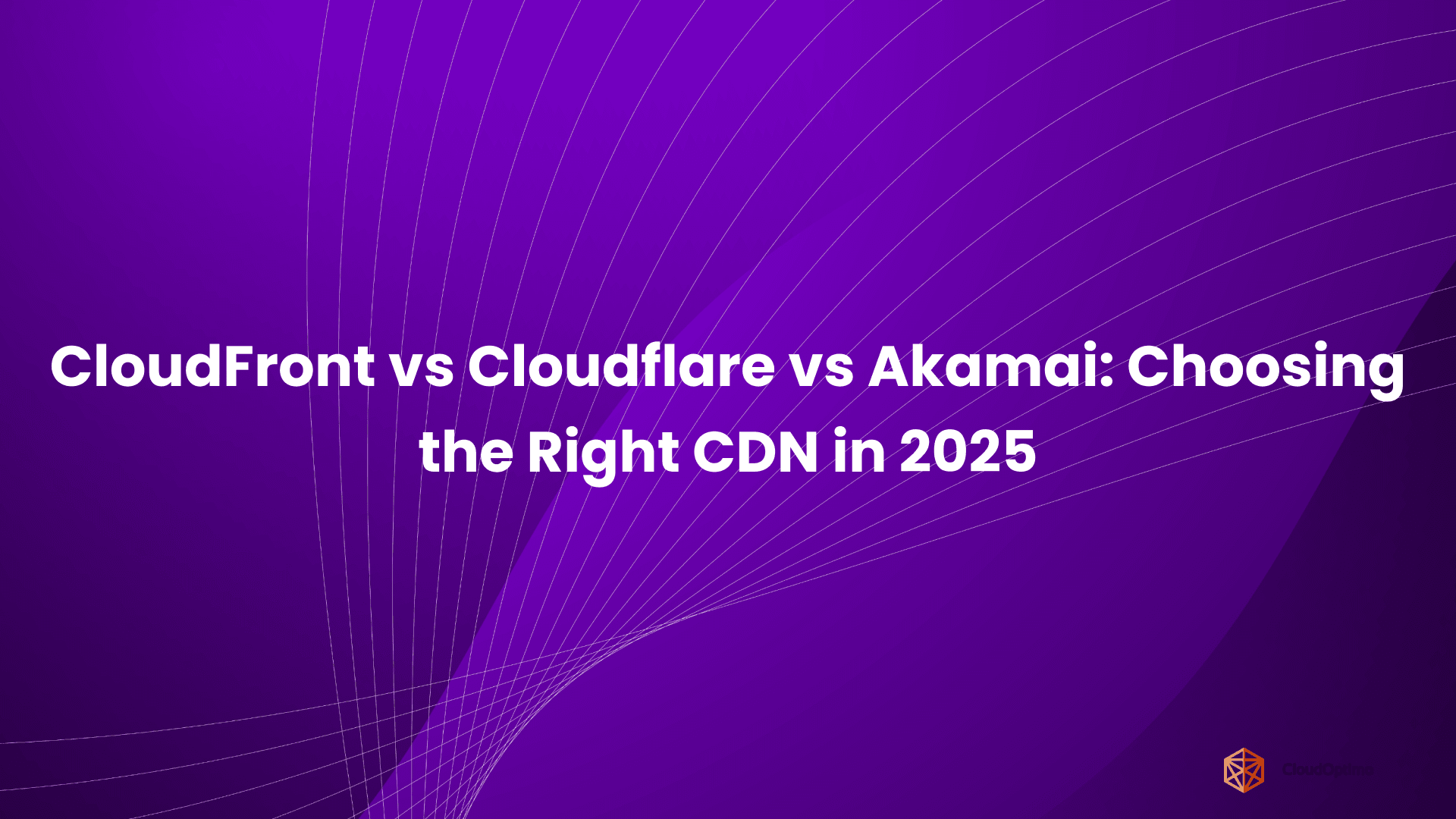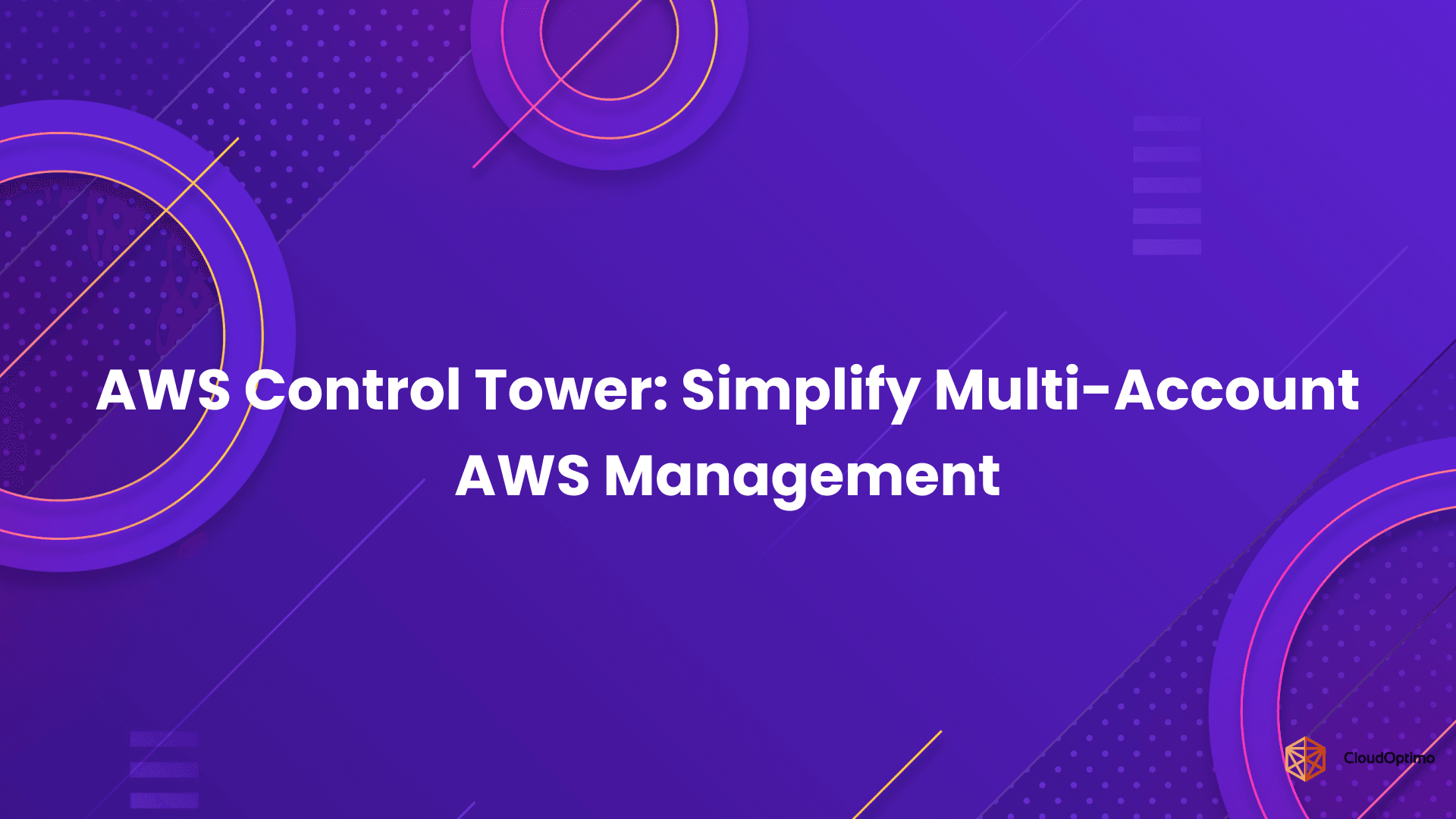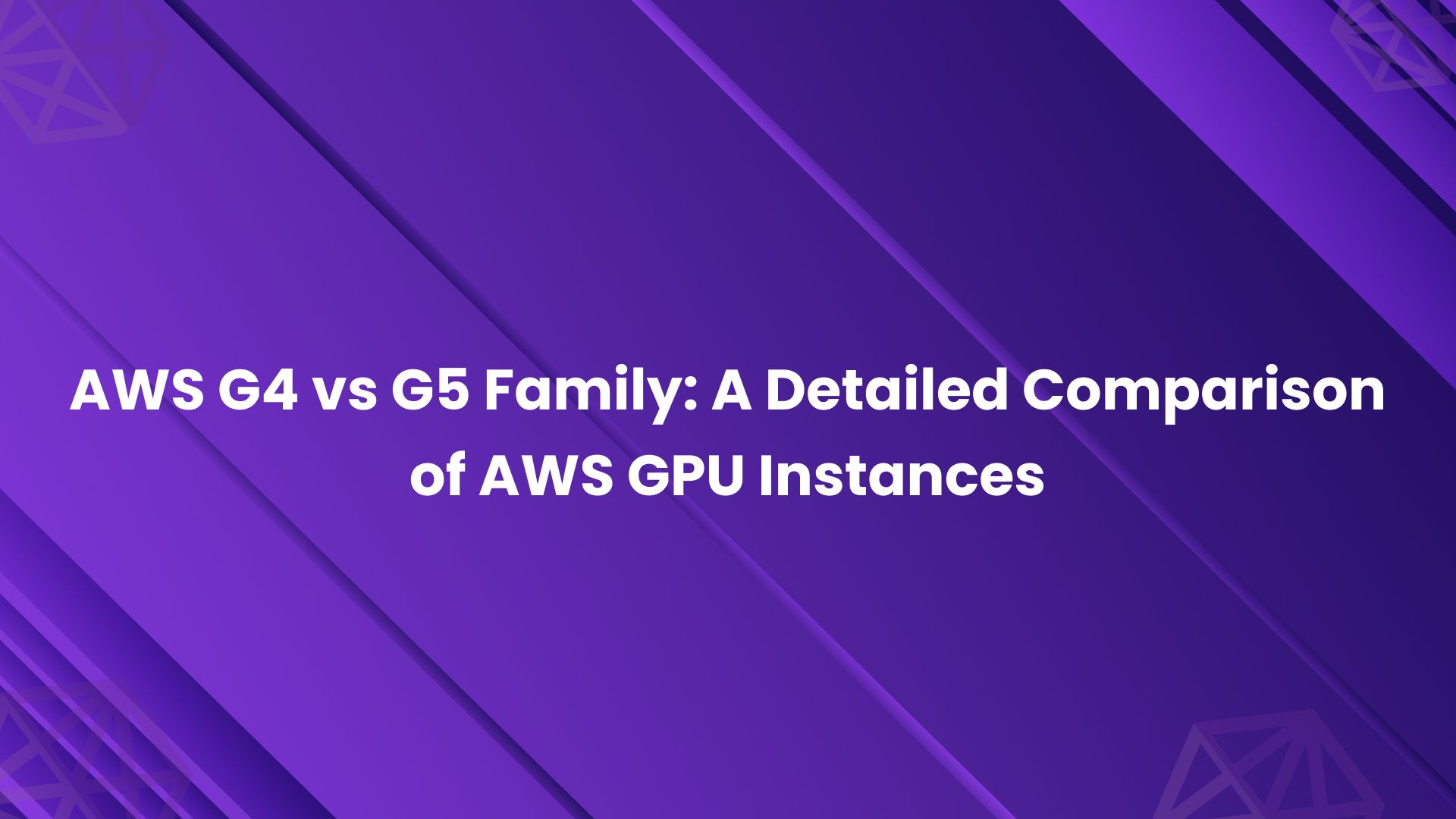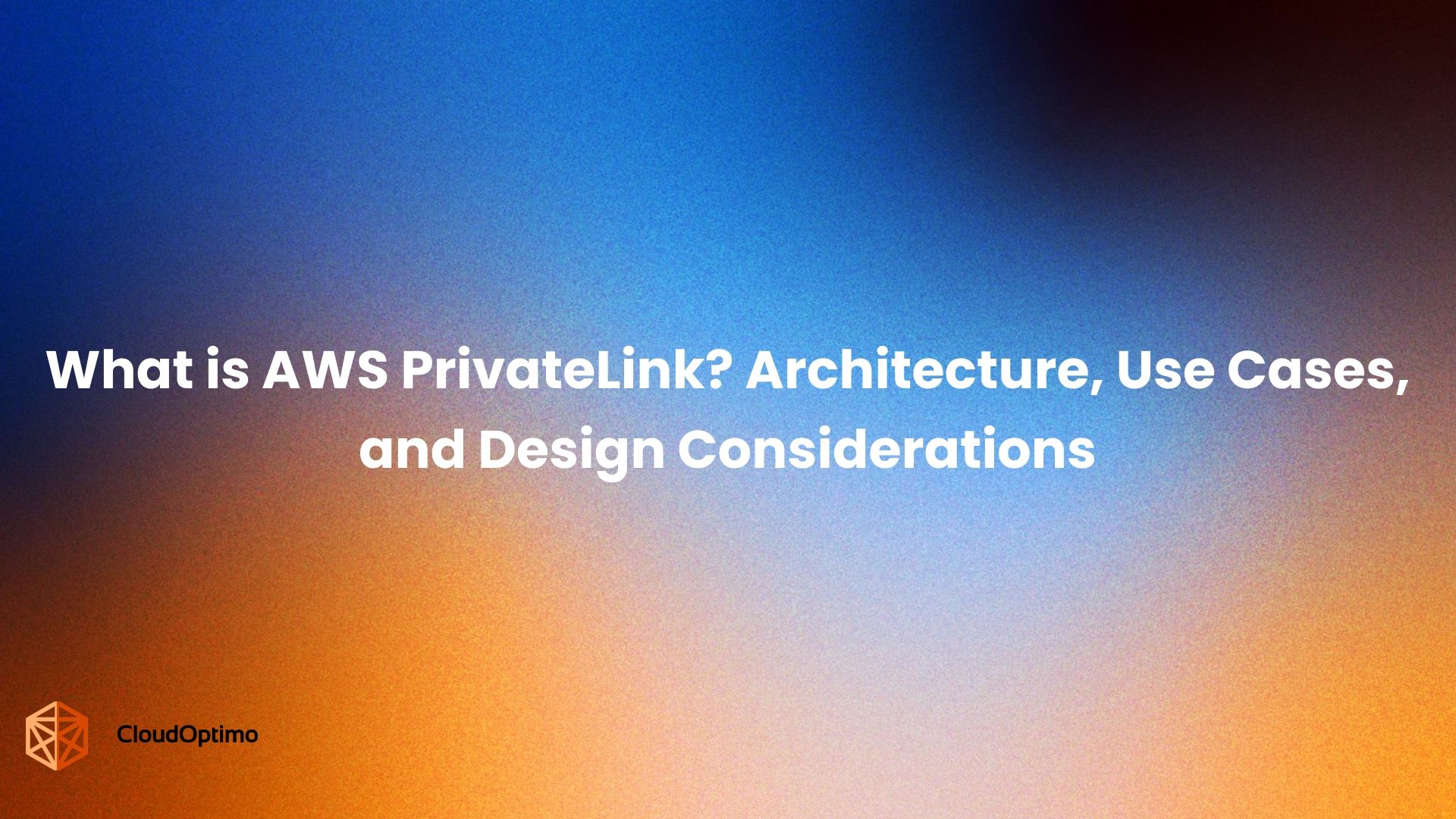As the demand for generative AI continues to grow, cloud providers are expanding their focus beyond infrastructure to the intelligence that runs on top of it.
Among these developments is Amazon Titan, a family of large language and multimodal models introduced by AWS to address practical, enterprise-oriented AI needs.
Titan represents AWS’s move into the foundation model space, aiming to offer reliable and adaptable models that integrate directly within its existing cloud ecosystem. Rather than competing on hype or scale alone, Titan’s emphasis lies in controlled deployment, model safety, and operational flexibility, areas that matter most to organizations building production-grade AI systems.
1. Introduction: The Evolving Landscape of Generative AI
Generative AI has rapidly evolved from a research breakthrough into a foundational layer of modern software systems. Large language models (LLMs) now assist with a wide range of tasks; from writing and translation to reasoning and automation. Yet, for many businesses, the challenge is not just what these models can do but how to use them effectively and responsibly.
Major AI providers have taken different routes to address this. While some focus on highly general-purpose models, others like AWS are pursuing models designed to fit seamlessly into enterprise environments where control, governance, and scalability are non-negotiable.
The introduction of Amazon Titan marks AWS’s step into this space. Titan models are built as part of AWS’s broader effort to provide managed access to generative AI through services such as Amazon Bedrock, focusing on flexibility and operational readiness rather than experimentation alone.
This approach reflects a growing trend: organizations want AI that is powerful but also accountable; something that can extend business capabilities without compromising compliance, cost visibility, or trust.
2. Understanding Amazon Titan Models
Amazon Titan refers to a set of foundation models developed by AWS to support generative and analytical use cases across text, image, and embeddings. These models are not isolated tools but components within Amazon Bedrock, AWS’s fully managed service for accessing and integrating foundation models through a standardized API.
Within Bedrock, users can interact with Titan models directly or alongside other models from providers such as Anthropic and AI21 Labs. This structure allows developers and organizations to evaluate, fine-tune, and deploy models suited to their specific requirements without managing GPU clusters or handling infrastructure-level scaling.
At their core, Titan models are designed around three key goals:
- Scalability: Efficient performance across workloads, from prototypes to large-scale applications.
- Safety: In-built filters and alignment techniques to reduce bias and limit inappropriate outputs.
- Enterprise adaptability: Seamless integration with AWS services like SageMaker and security tools that many organizations already use.
In essence, Titan extends AWS’s infrastructure approach into the model layer offering options for teams that prioritize controlled access and operational consistency over experimental flexibility.
3. The Titan Model Family Explained
The Titan family includes multiple models targeted at specific capabilities. Rather than focusing solely on text generation, AWS structured Titan to cover different modalities and data types, allowing businesses to choose models based on context and function.
3.1. Titan Text Models
These models handle natural language understanding and generation tasks such as summarization, paraphrasing, translation, and conversational AI. Their emphasis lies in consistency and factual reliability features relevant for enterprise documentation, customer support, and knowledge automation.
3.2. Titan Embeddings Models
Titan Embeddings models are built for semantic understanding. They convert text into numerical representations that capture meaning, enabling semantic search, document retrieval, and contextual recommendations. This approach allows applications to move beyond keyword-based search toward intent-based matching and clustering.
3.3. Titan Image Models
Extending beyond language, Titan Image models focus on text-to-image generation and interpretation, useful for visual content workflows, synthetic data generation, and design support systems.
3.4. Model Evolution
The Titan family has seen incremental updates since its initial release, improving output control, context handling, and integration capabilities. The evolution appears to follow AWS’s typical pattern of gradual, stability-focused updates rather than rapid model turnover reflecting its orientation toward enterprise reliability over consumer experimentation.
4. How Titan Models Work?
Large language models, including those in the Titan family, are based on transformer architectures that learn to predict and generate text by analyzing vast amounts of data. During training, these models identify statistical relationships between words, phrases, and contexts allowing them to generate coherent and context-aware responses when given a prompt.
Titan models follow this same underlying principle but are trained with a focus on efficiency, safety, and adaptability rather than raw scale. AWS has not publicly disclosed training datasets or model sizes, but the available information suggests a balanced approach between capacity and control prioritizing predictable output quality and responsible deployment.
From a practical standpoint, AWS’s model development emphasizes:
- Optimization efficiency: Using distributed training across AWS’s own high-performance infrastructure to improve speed and cost control.
- Adaptability: Ensuring Titan can generalize across domains while allowing fine-tuning and task-specific adjustments.
- Reliability: Integrating evaluation and filtering layers that align model outputs with enterprise safety and compliance requirements.
Titan models also support prompt optimization and fine-tuning mechanisms, enabling users to refine outputs for domain-specific applications such as customer service bots, analytics assistants, or documentation summarizers. This layered approach makes Titan suitable for organizations that want flexibility within controlled operational parameters.
5. Integrating Titan Models with Amazon Bedrock
Titan models are available exclusively through Amazon Bedrock, a managed service that centralizes access to multiple foundation models via a unified API. Bedrock abstracts the complexities of infrastructure provisioning, GPU allocation, and scaling thus enabling users to focus on application design rather than deployment mechanics.
5.1. Deployment and Access
Users can access Titan models directly through the Bedrock console, SDKs, or AWS APIs. This setup allows for integration with existing AWS tools like Lambda, Step Functions, or SageMaker pipelines, enabling developers to embed generative capabilities within larger cloud workflows without maintaining separate model servers.
5.2. Customization and Fine-Tuning
Bedrock supports customization through fine-tuning and prompt templates, allowing organizations to align Titan’s responses with brand tone, domain language, or compliance needs. This can be achieved without retraining the model from scratch a key advantage for teams optimizing costs and timelines.
5.3. Model Comparison Within Bedrock
Titan sits alongside other foundation models on Bedrock, including those from Anthropic (Claude) and AI21 Labs (Jurassic). While third-party models may prioritize creative or open-ended generation, Titan tends to emphasize enterprise consistency, integration control, and compliance adherence. This diversity allows organizations to choose between models based on use case whether they need nuanced reasoning, factual precision, or predictable governance.
Ultimately, Bedrock positions Titan not as a standalone offering but as part of a broader AI-access framework allowing users to experiment, deploy, and govern generative systems under a unified AWS environment.
6. Core Strengths That Differentiate Titan
While the broader generative AI ecosystem offers several capable models, Titan’s defining characteristics stem from how it fits within AWS’s existing ecosystem rather than from raw performance metrics alone.
6.1. Seamless Integration with AWS Infrastructure
Titan’s tight integration with Bedrock and related AWS services (such as SageMaker, Comprehend, and CloudWatch) simplifies adoption for teams already operating within AWS. This consistency across tooling, APIs, and security controls reduces friction in deploying AI solutions at scale.
6.2. Security, Compliance, and Data Governance
Titan models are developed under AWS’s established governance frameworks. Data passed through Bedrock remains within the customer’s AWS environment, maintaining control over privacy and compliance. This approach aligns with requirements in sectors such as finance, healthcare, and government where traceability and data isolation are essential.
6.3. Multi-Modal Flexibility
Unlike single-purpose text models, the Titan family spans text, embeddings, and image generation, covering a broader set of AI-driven tasks. This multi-modal reach enables unified workflows for example, combining text summarization with visual data interpretation within a single service layer.
6.4. Scalable and Consistent Performance
Titan’s infrastructure foundation allows predictable scaling as workloads increase, without requiring specialized infrastructure management. Its consistency and throughput reflect AWS’s design philosophy performance stability prioritized over experimental novelty.
In summary, Titan’s strengths lie less in aggressive innovation and more in structured reliability. It is intended for organizations that value operational clarity, compliance, and ecosystem consistency, offering a practical path to adopting generative AI without significant architectural disruption.
7. Comparing Titan with Other Major LLMs
The landscape of large language models has become increasingly competitive, with each provider aiming to address enterprise and developer needs in unique ways. Amazon Titan, OpenAI’s GPT, Anthropic’s Claude, and Google’s Gemini all represent different philosophies in model development, safety, and integration.
The table below offers a concise comparison across key aspects that influence enterprise adoption:
Aspect | Amazon Titan | OpenAI GPT | Anthropic Claude | Google Gemini |
Primary Focus | Enterprise-ready models built for AWS ecosystem | General-purpose reasoning and creative generation | Responsible AI and controlled conversational behavior | Multi-modal capabilities across text, image, and video |
Deployment Model | Fully managed via Amazon Bedrock | API-based (OpenAI or Azure OpenAI) | Available through Anthropic Console and Bedrock | Deployed via Google Vertex AI |
Customization | Fine-tuning and adapters within Bedrock | Limited fine-tuning; relies on prompt engineering | Constitutional AI for guided alignment | Fine-tuning via Vertex AI Studio |
Integration Scope | Deeply embedded in AWS services like SageMaker and Comprehend | Ecosystem-agnostic but less enterprise-focused | Integrates with Bedrock; designed for conversational safety | Works closely with Google Cloud suite |
Data Privacy & Control | Customer data isolated within AWS boundary | Shared responsibility through OpenAI terms | Strong privacy focus, limited enterprise tooling | Managed data handling via Google infrastructure |
Key Strengths | Security, compliance, and scalable enterprise alignment | Broad reasoning, creativity, and community support | Ethical safety and reduced hallucinations | Multi-modal innovation and cross-domain context |
Limitations | Smaller external developer ecosystem | Limited enterprise-level customization | Fewer integrations outside Bedrock | Reliance on Google’s proprietary stack |
While Titan stands out for its enterprise compliance, integration depth, and data governance, it still trails in public adoption and ecosystem diversity compared to OpenAI and Anthropic. For AWS-native enterprises, however, Titan provides a more direct and secure entry into generative AI without leaving the existing cloud infrastructure.
8. Responsible AI and Data Integrity
With the growing adoption of generative models, responsibility in AI design has become as important as capability. Amazon’s approach to Titan emphasizes controlled behavior, ethical data use, and transparency elements that are crucial for enterprise trust.
8.1. AWS’s Responsible AI Principles
Titan models are developed under AWS’s broader framework for responsible AI, focusing on fairness, accountability, transparency, and security. The models are tested extensively for biased responses, inappropriate content generation, and data misuse before public availability.
8.2. Bias Mitigation and Explainability
Rather than relying solely on filtering outputs, AWS emphasizes systematic bias reduction during training and post-training evaluation. Efforts are made to document model behavior and provide visibility into how fine-tuning or prompt adjustments can influence outcomes.
8.3. Enterprise Data Governance
When accessed through Amazon Bedrock, Titan models do not retain or learn from customer data. This design ensures that enterprises maintain complete ownership and isolation of their data, supporting strict compliance frameworks such as GDPR, HIPAA, and SOC 2.
AWS’s focus here isn’t just policy-driven, it's structural. The separation of data paths and customer-specific model execution helps organizations adopt AI confidently without compromising internal security or regulatory obligations.
9. Titan within the Broader AWS AI Ecosystem
Amazon Titan does not exist in isolation. It represents a foundational layer within a larger ecosystem of AWS AI services each addressing different aspects of machine learning, automation, and analytics.
9.1. Titan’s Position in the AWS AI Stack
Titan complements services like Amazon Comprehend (natural language processing), Amazon SageMaker (custom model training), and Amazon Bedrock (foundation model deployment). Together, these services allow organizations to move from experimentation to production within a consistent and secure environment.
9.2. Building End-to-End AI Pipelines
Enterprises can leverage Titan for text generation, embeddings for semantic retrieval, and image understanding then connect these outputs with downstream tools like SageMaker Pipelines or AWS Lambda for automation. This integration minimizes operational overhead and simplifies lifecycle management.
9.3. Enhancing Existing Workflows
For organizations already running analytics, business intelligence, or cloud-native applications on AWS, Titan adds a generative layer that enhances productivity and insight generation without requiring external APIs or fragmented toolchains.
In essence, Titan serves as a scalable, compliant backbone within the AWS ecosystem bridging foundational AI capabilities with enterprise-ready infrastructure.
10. Key Takeaways and Strategic Insights
Amazon Titan represents AWS’s effort to bring large language and multimodal models into a framework suited for enterprise use. Rather than competing on hype or benchmark visibility, Titan’s approach emphasizes stability, control, and managed integration within existing AWS environments.
AWS’s Direction with Titan
The development of Titan suggests that AWS views generative AI as an infrastructure capability, something to be embedded within business workflows rather than treated as a standalone product. Its focus on responsible design, data privacy, and operational reliability aligns with the broader trend of AI becoming part of regulated and production-grade systems.
When Titan Fits Best
Titan is most relevant for organizations that:
- Already use AWS services and value a consistent operational layer.
- Require clear data isolation and compliance alignment.
- Prefer managed scalability over extensive external customization.
For teams exploring more open experimentation, research-oriented adaptation, or broader ecosystem support, other models such as GPT, Claude, or Gemini may be better aligned with those goals.
Broader Insight
The introduction of Titan illustrates how the generative-AI landscape is diversifying. Each provider is defining its role: some focus on creativity and open experimentation, while others, like AWS, emphasize reliability and governance. Titan’s arrival signals that enterprise adoption of AI is moving beyond early-stage enthusiasm toward structured, accountable implementation, a phase where robustness may matter more than reach.





